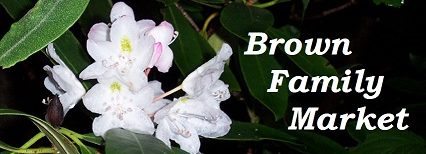I am by no means an expert wine taster. I simply don’t have the palate or nose for it. But the Finer Aspects of Wine Tasting can be taught. So, I’m going to teach something I know a lot about but have little success at doing. Again, I cannot distinguish elusive tastes or smell subtle aromas. So, when the wine tasting chart says the wine has cherry, vanilla and caramel flavors, I have a great deal of trouble tasting or smelling them.
My Wine Experience in the Finer Aspects of Wine Tasting

I’ve tasted a few different wines. Again, I’m not a wine drinker but in order to write about it, you need to at least experience it in some rudimentary fashion. I’ve learned that wine just tastes like wine. The subtle nuances are lost with me. I can tell if the wine is red or white wine. I can also taste fermented grapes and an occasional waft of cherry in some wine. The difference between the sweetness of the various wines is also something I can distinguish. I can also taste the difference between old-world style wine versus new-world style wines. I had a red wine from France and it was distinctively less sweet with an earthy flavor. On the other hand, I tasted a nice red wine from the state of Washington USA and it had a distinct fruity sweet flavor.
What Experts in the Finer Aspects of Wine Tasting Say?
First, don’t wear fragrance. Perfume or cologne is a no-no when wine tasting because it interferes with your ability to taste the subtle nuances in the wine and also interferes with the aroma. It also interferes with other people’s experience too, so no strong odors of any kind are preferable. Please don’t smell all flowery or have an odiferous unpleasant smell.
You also want to have No Pre-conceived Preferences. If you think you are a red wine drinker, you may snub your nose at an outstanding white wine. Don’t assume a Cabernet from California will taste like a Cabernet from France. Hence, you go into the tasting with an open mind. Judge each wine as a distinct item that requires your full attention.
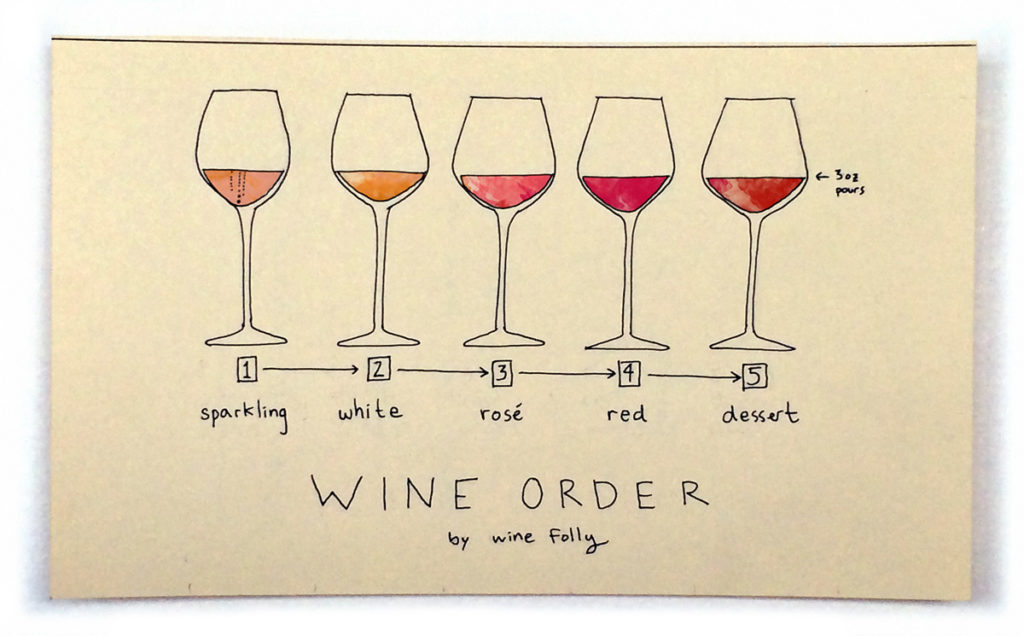
The Finer Aspects of Wine Tasting and The Order of Wine Tasting
Most experts agree that the White wines are tasted first, followed by Red wines, and then Dessert wines. As a rule, in order to get the best experience and also receive the greatest gratification from the tasting, you should follow these additional rules.
- Sparkling Wine First – Sparkling wines like Champagne are always first.
- White before Red – This is important not only for the flavor of the wine but also could offend your host due to your breach in etiquette. Especially in old-world wine cultures.
- Dry before Sweet – The sweetness will cause the drier wine to become too acidic.
- Light Body before Heavy Body – It’s harder to taste a Pinot Noir after a heavy Cabernet.
- Young before Old – In general, go young before old because as wine ages it continues to change and develop new and more diverse flavors and smells.
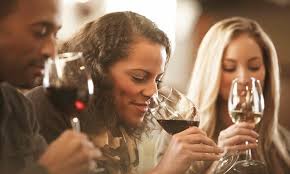
How to Taste Wine in 4 Easy Steps
Look at the wine – Appearance
Hold the glass of wine up toward the light and take a look at the color of the wine. Look for its clarity and also the depth and range of the color. The wines will vary in the intensity of color primarily depending on how long the wine was in contact with the grape skins. Because the skins impart most of the color. Additionally, the color change can come from wood if fermented in wooden barrels, especially with white wines.
Smell the wine – Aroma
Swirl the wine gently in your glass. The swirling of the glass releases the wine’s aromas to the top edge of the glass. Place your nose just over the side of the wine glass. Take a very deep sniff. Identify any familiar smells. Repeat, but rest your aroma sense for 10 seconds before you try again.
Taste the wine
After smelling the wine, it is time to take a sip. Roll it over your tongue for several seconds before swallowing. Exhale through your nose before you swallow. Your taste buds and sense of smell will work together to identify familiar aromas. On the second sip try swishing the wine around in the mouth and then swallow and exhale through your nose.
Aftertaste – or finish
Good wines have a long-lasting finish. Once you swallow the wine, measure how long the wine lingers in your mouth and nose. Also, use the tasting notes supplied by the tasting room as you taste each wine. Then ask your host about the wine and its characteristics.
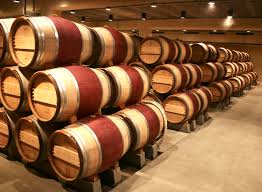
Why You Taste Different Flavors in Wine
Wine is fermented grapes or fermented fruits or even grains when referring to rice wine. The fermentation process, as well as the processing itself, can change the grape juice flavor into a myriad of other flavors. This is caused by the breakdown of the molecular structure of the grapes through fermentation. As these molecules break down, they become similar to other molecules. Hence, White wine can produce flavors and aromas like lemon, pineapple or various other fruits that have similar naturally occurring molecular structures. So a Cabernet Sauvignon can have aromas and flavors of plumb and blackberry or even cinnamon. Mass-produced wine from stainless steel drums will also have a different taste than a wine fermented in oak barrels because the oak also adds flavor and color during fermentation. It’s all really fascinating when you look into the science.
The Finer Aspects of Wine Tasting Takes Practice
You develop the skill of wine tasting through practice. Now that doesn’t mean drink wine until you’re drunk. It means if you have an extensive array of wines to taste, spit out most of the wine. If you only have a few wines to taste, only drink to taste, not to get a buzz. Because you will not be able to make good observations about the wine if your taster is pickled. But the more wines you taste, the better you will become with the entire sensory process. So, drink in moderation, but enjoy our rich history and heritage of Fine Wine.
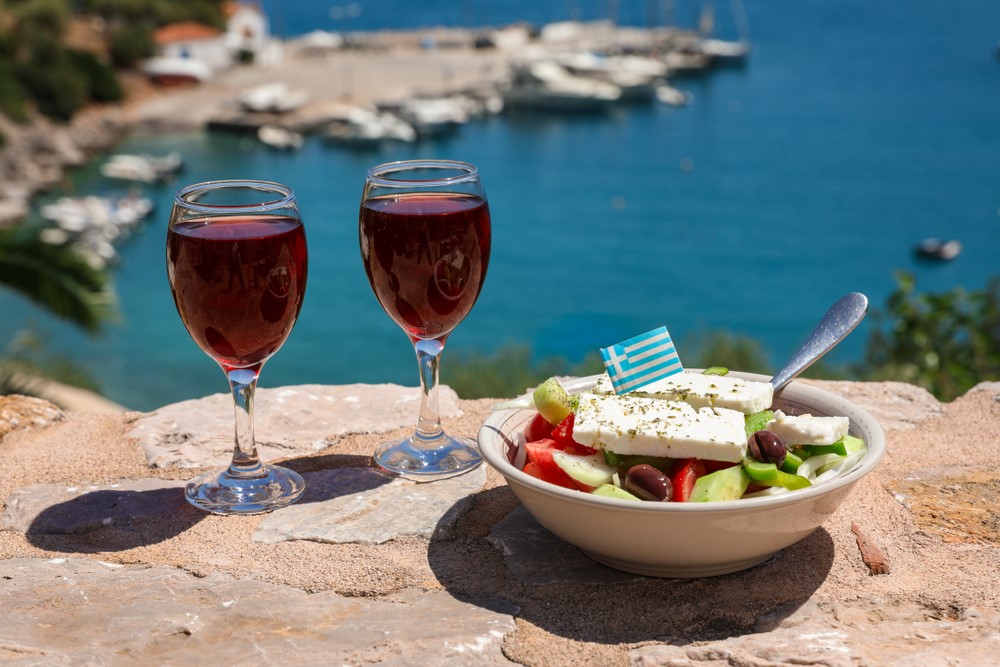
If you drink wine, have a safe and responsible time while exploring the Finer Aspects of Wine Tasting.
